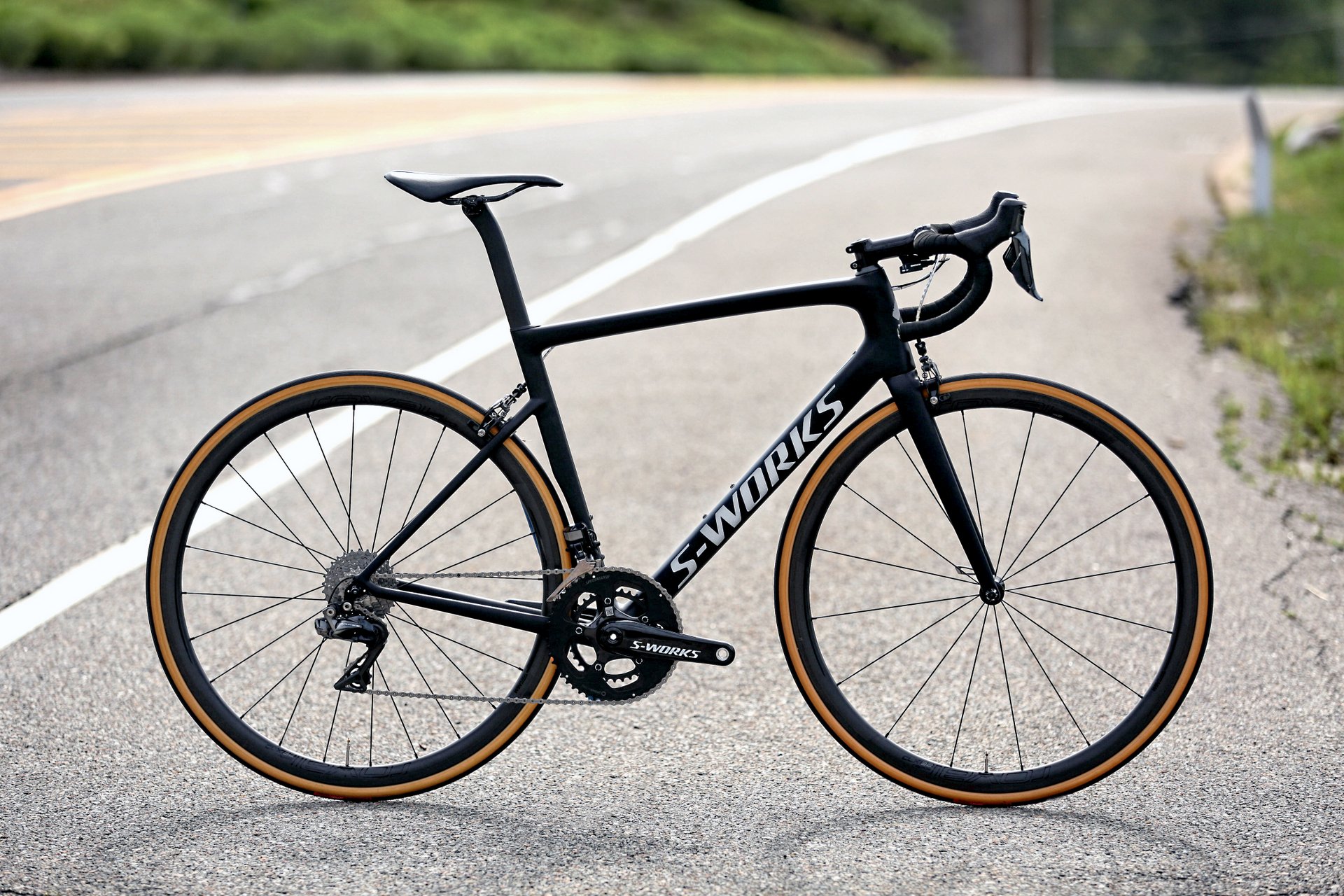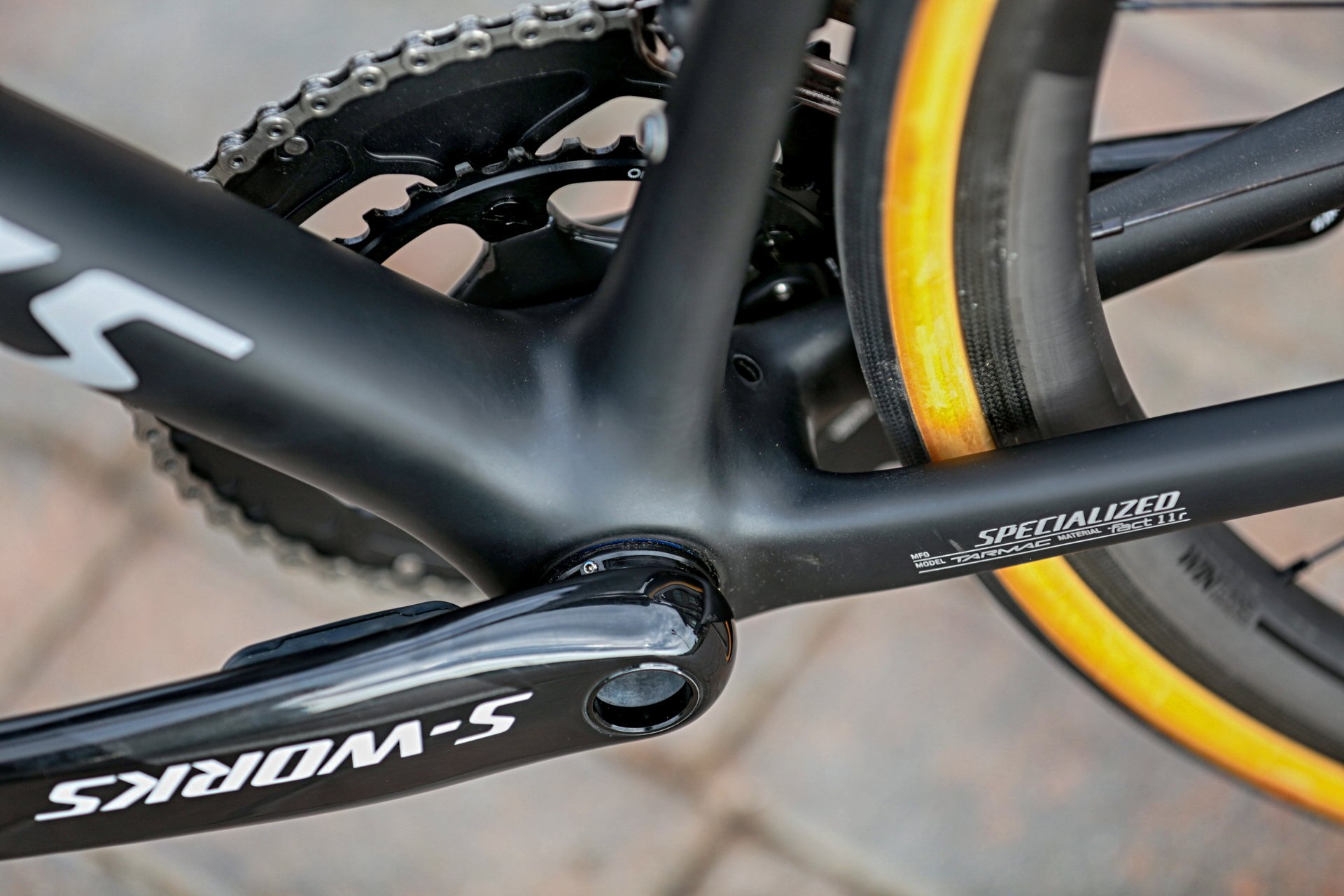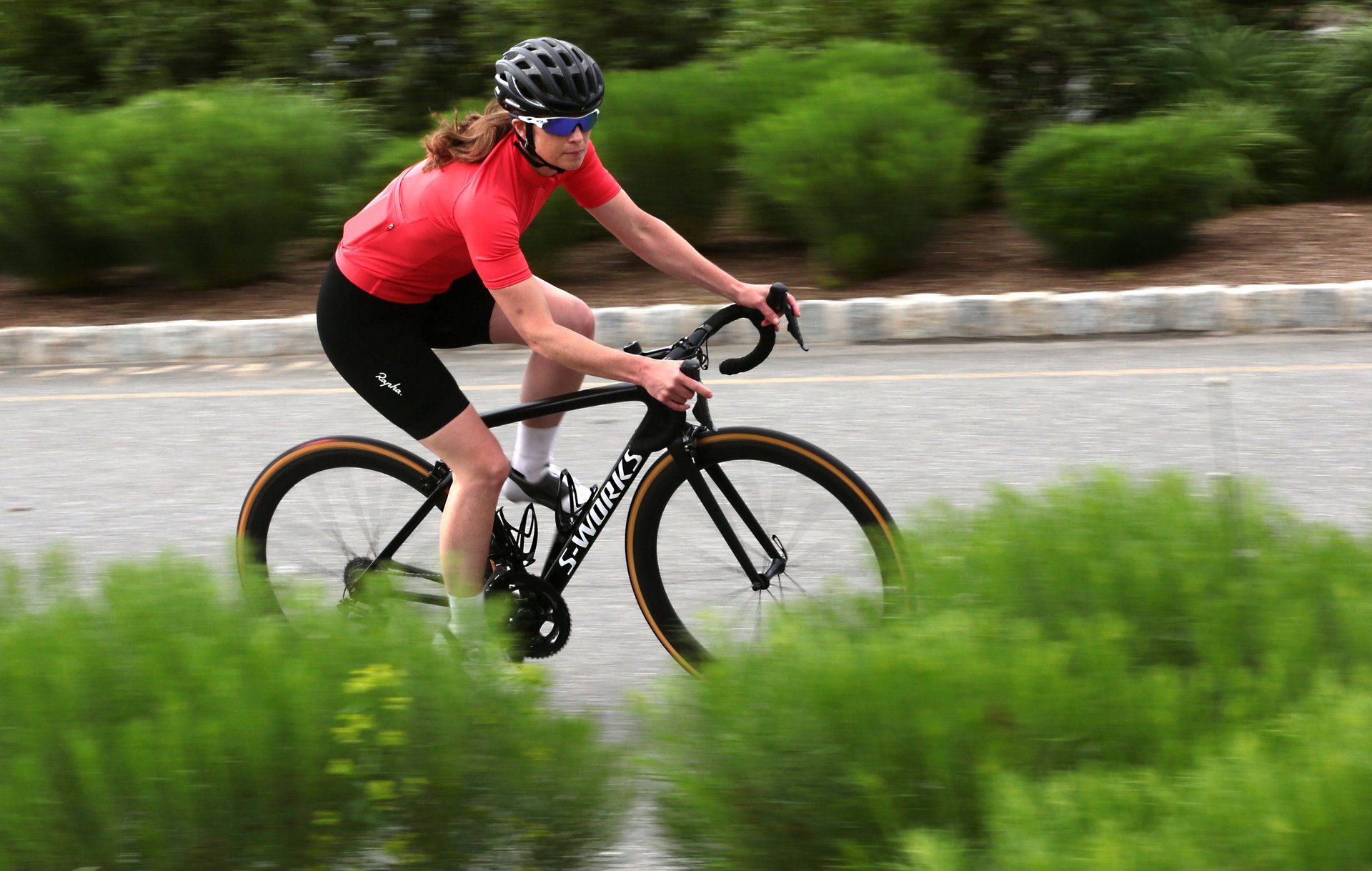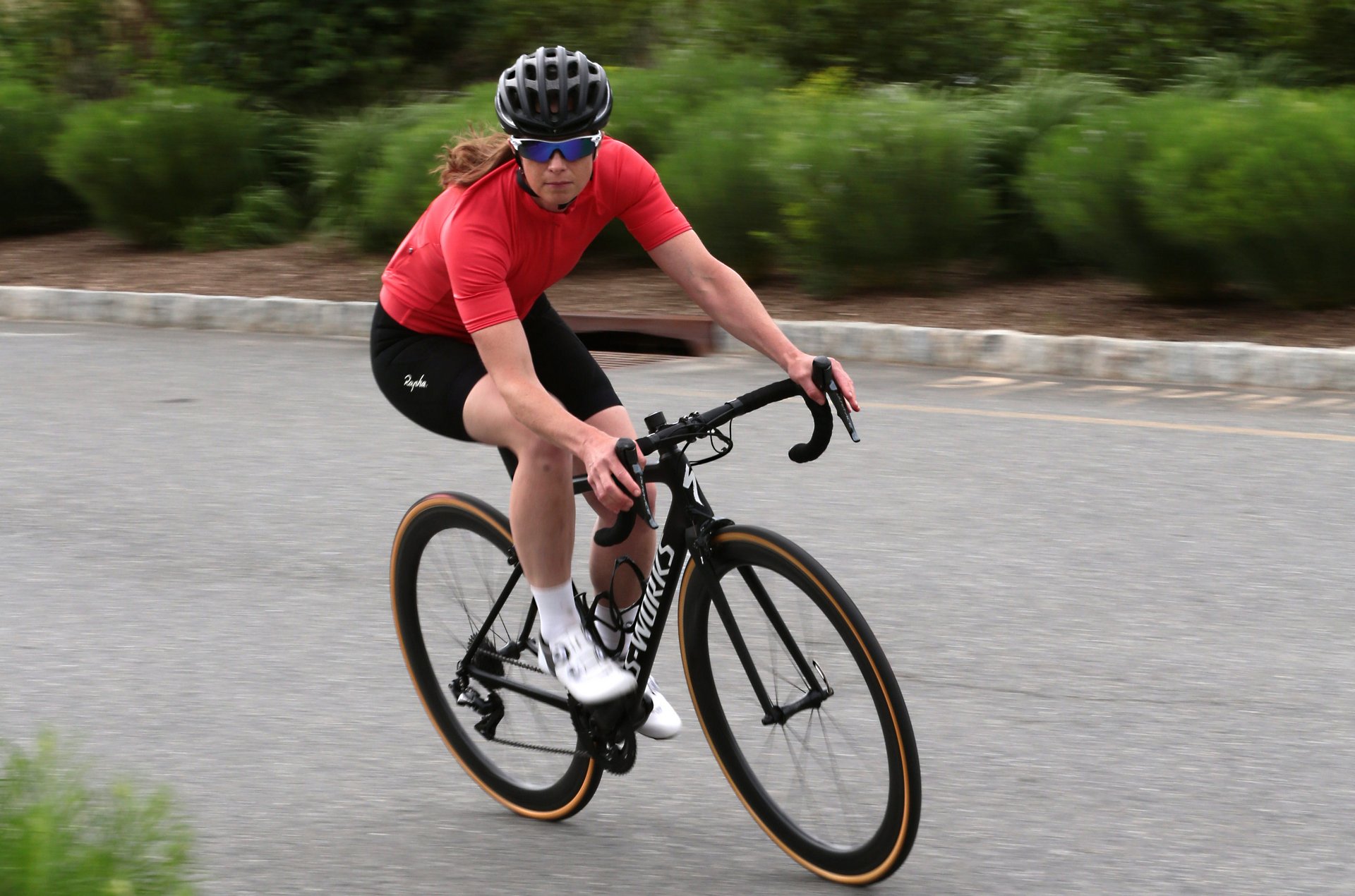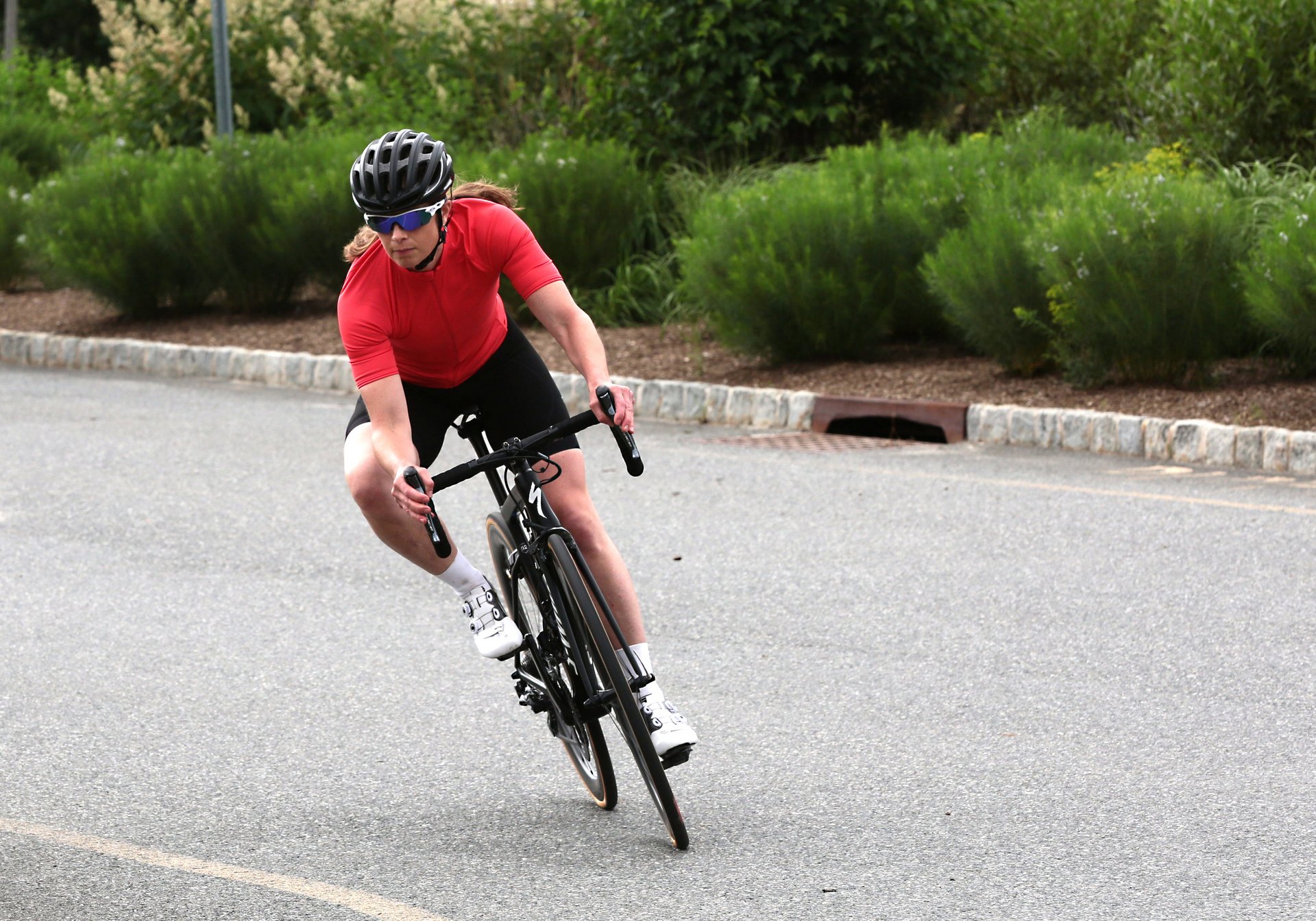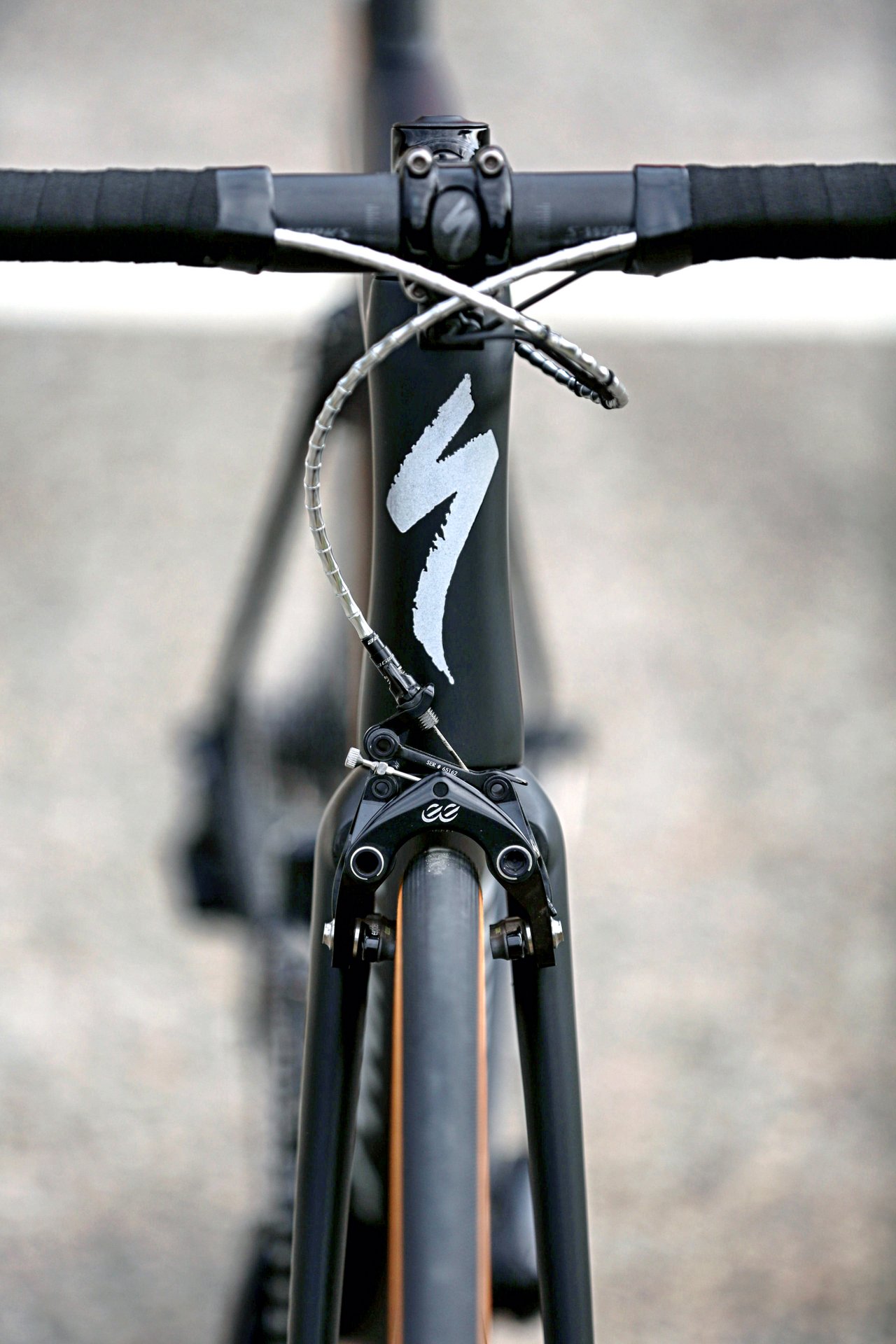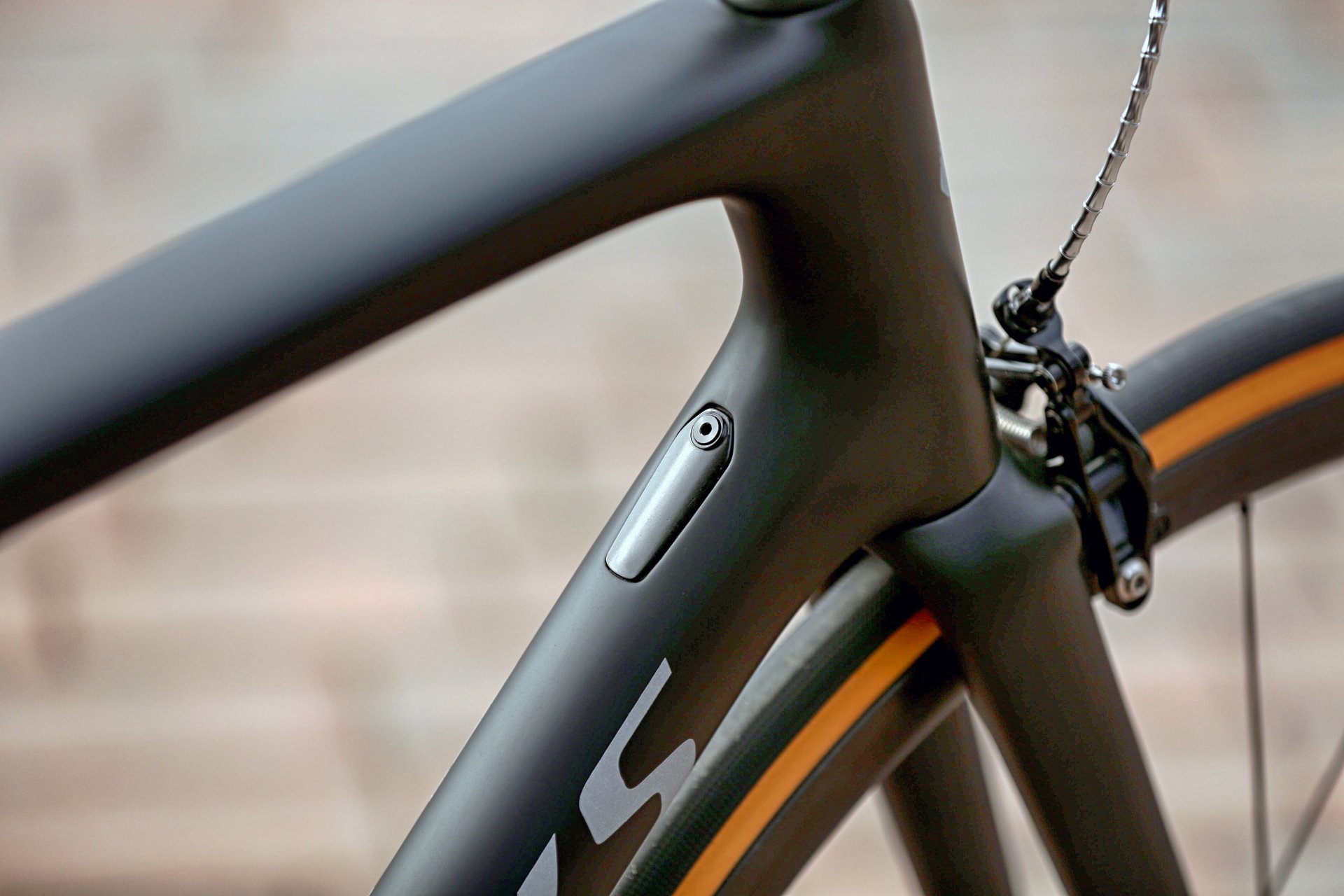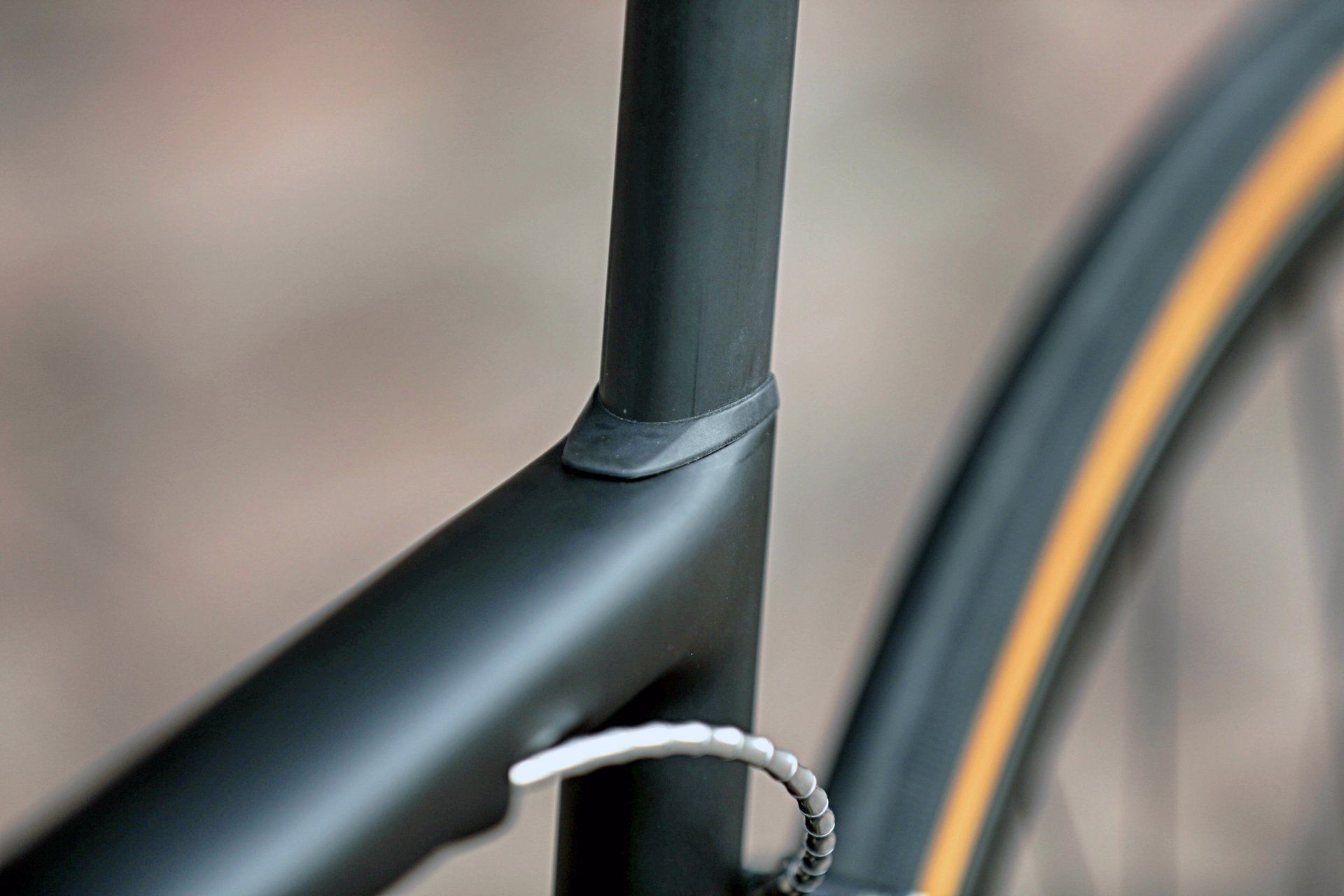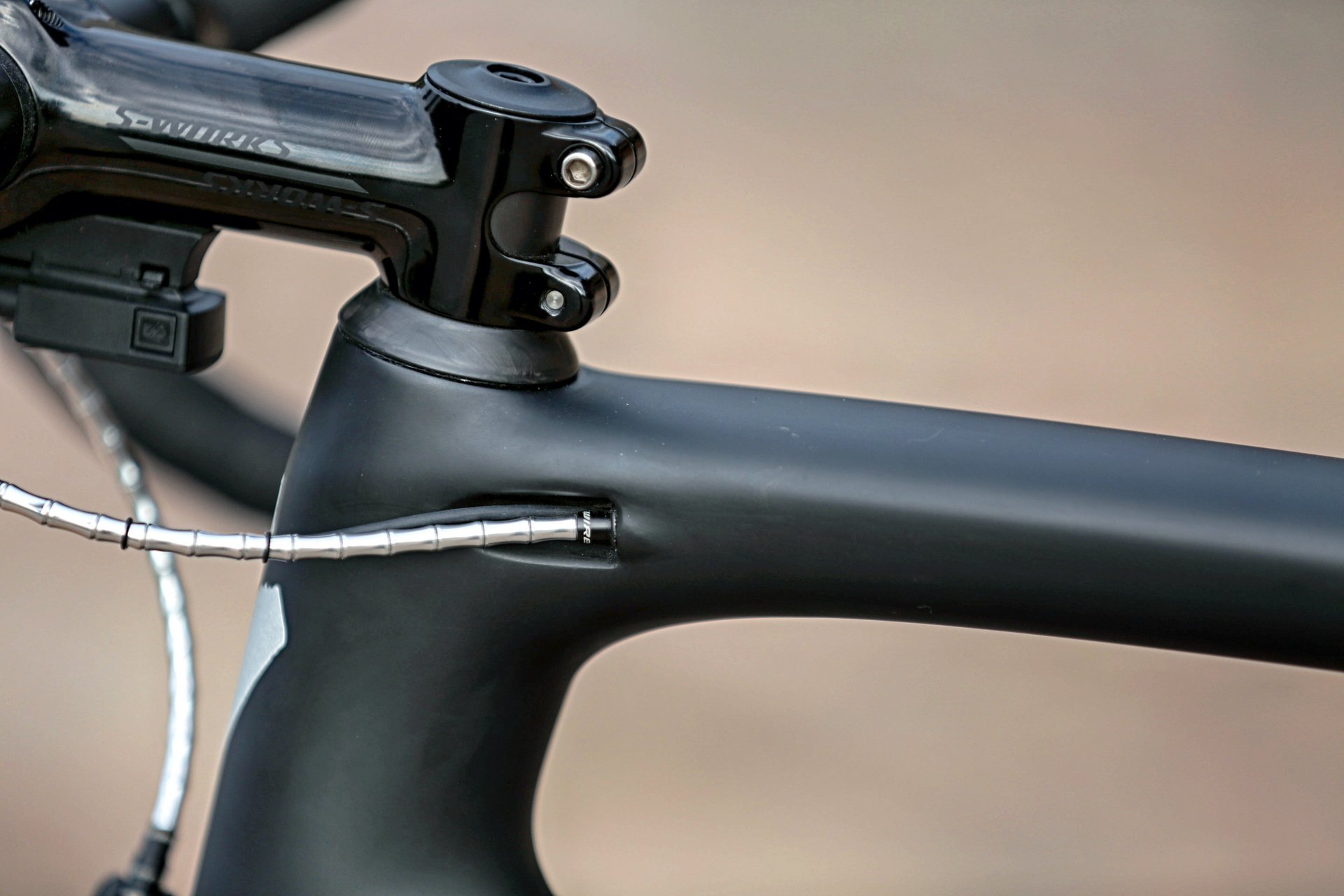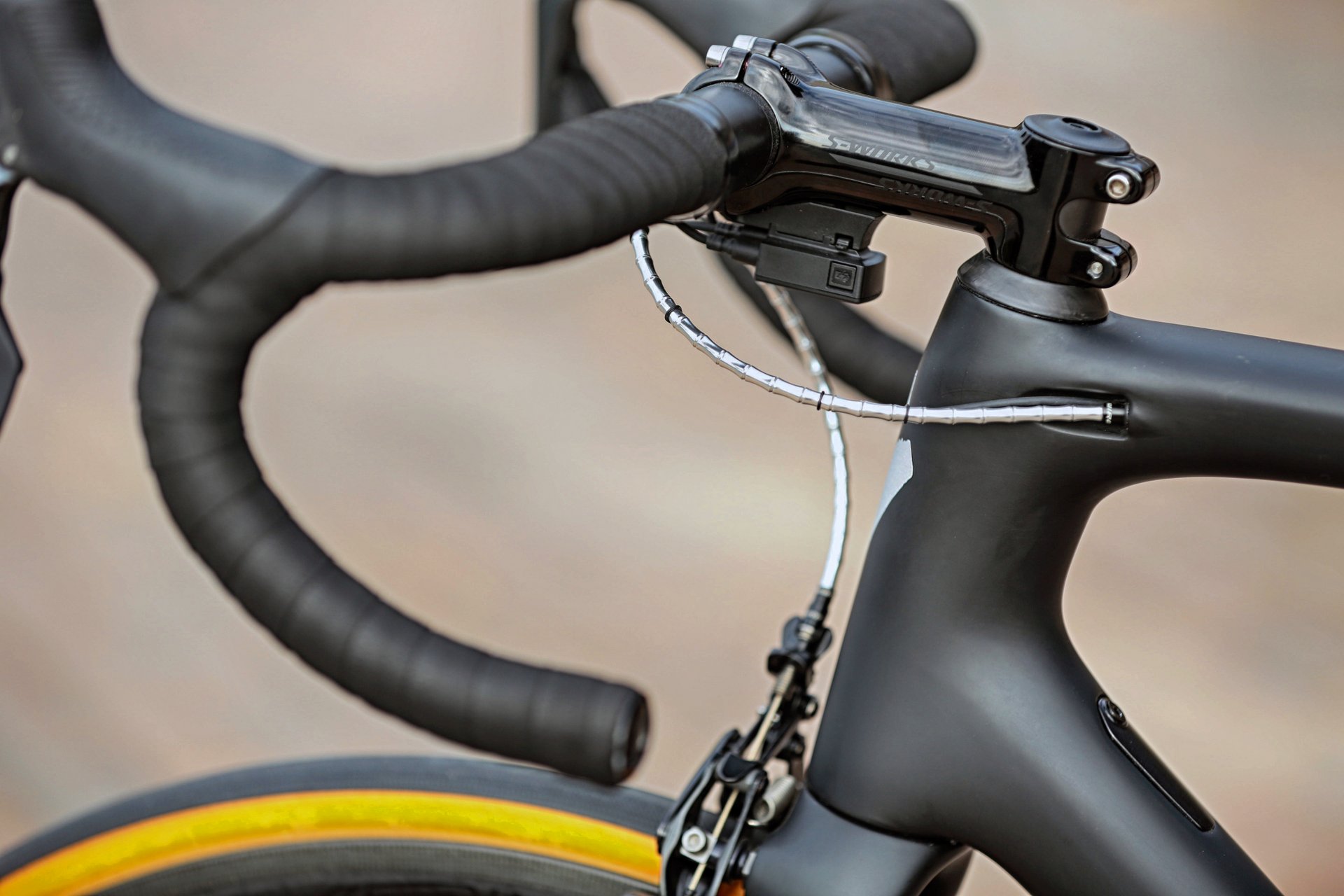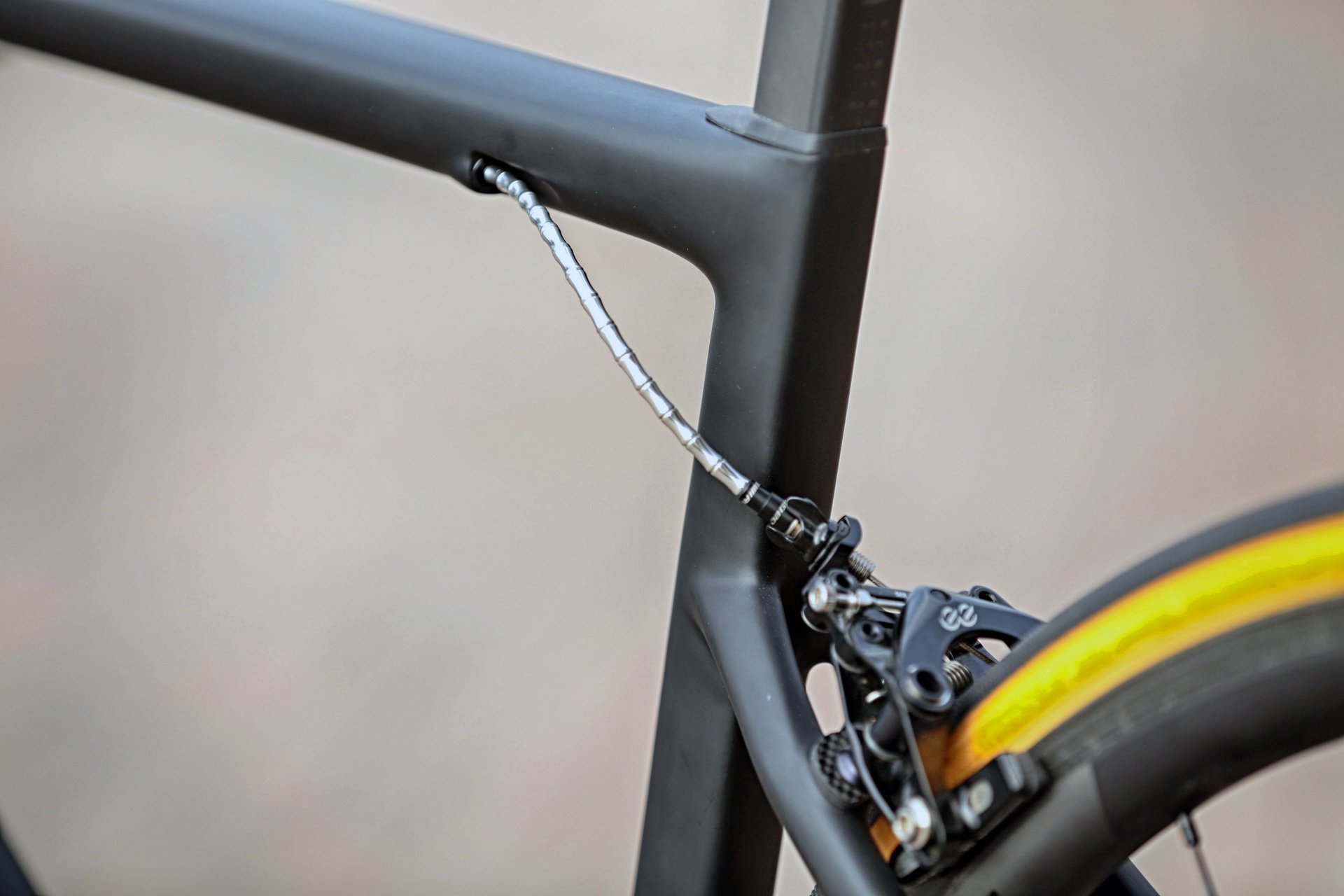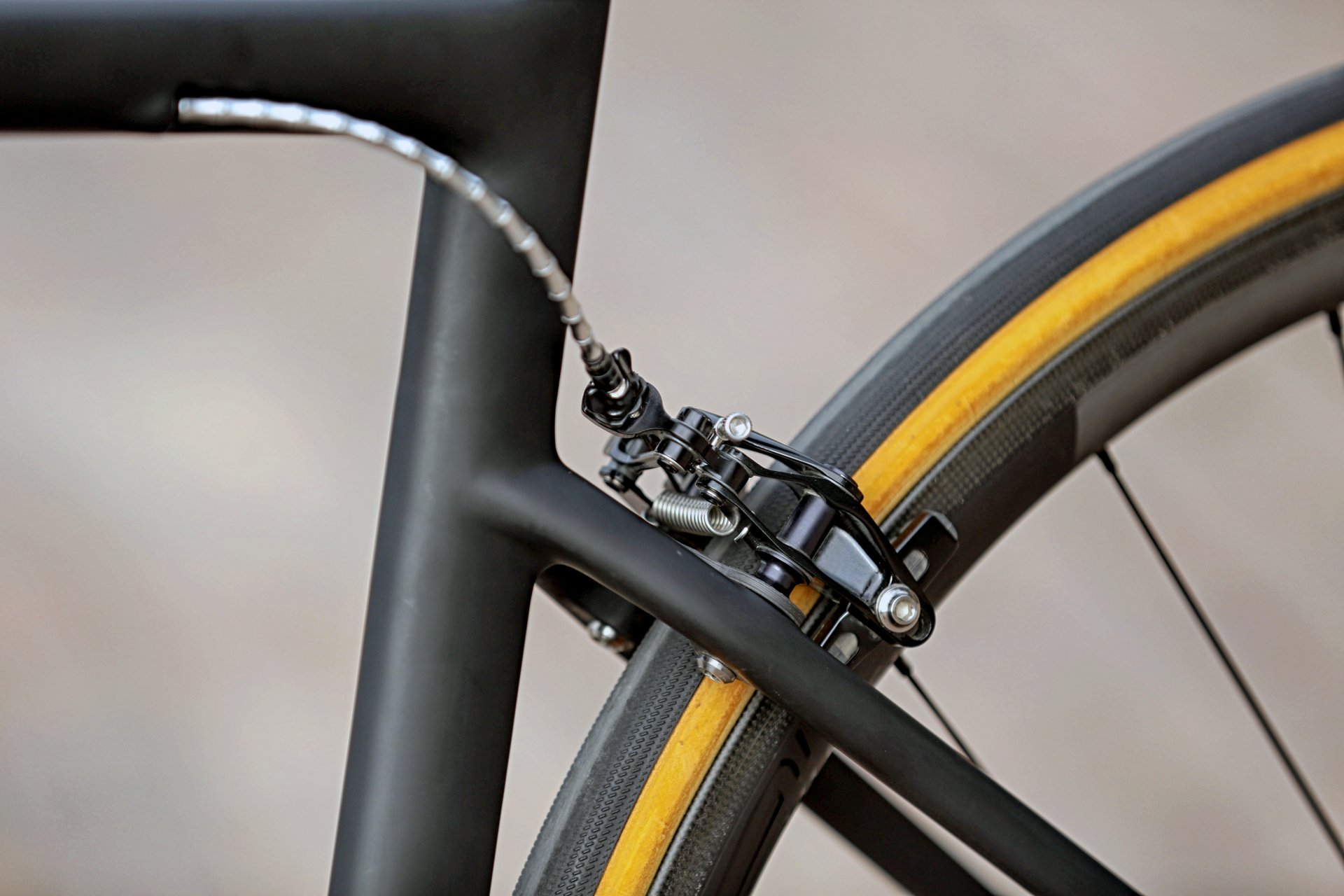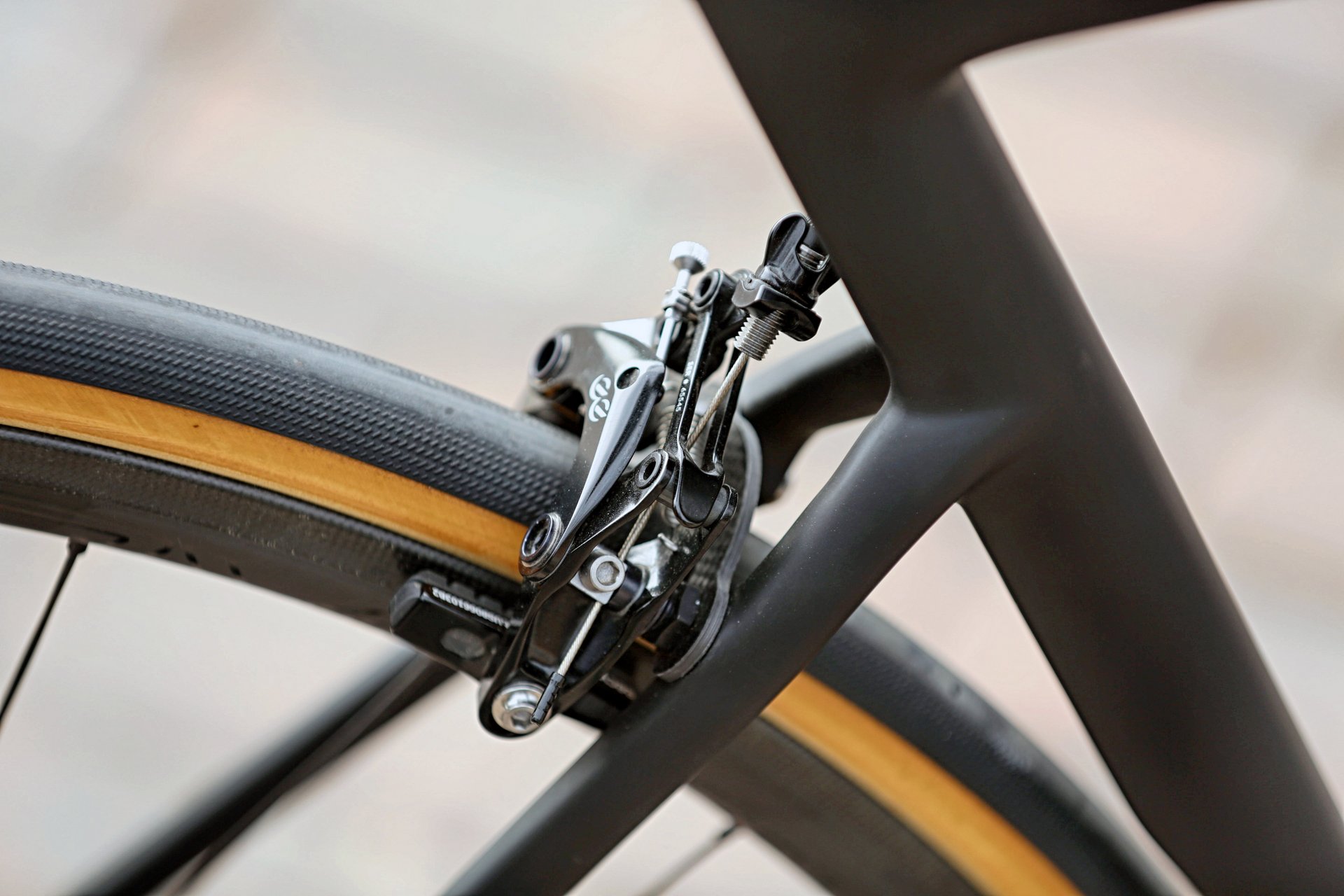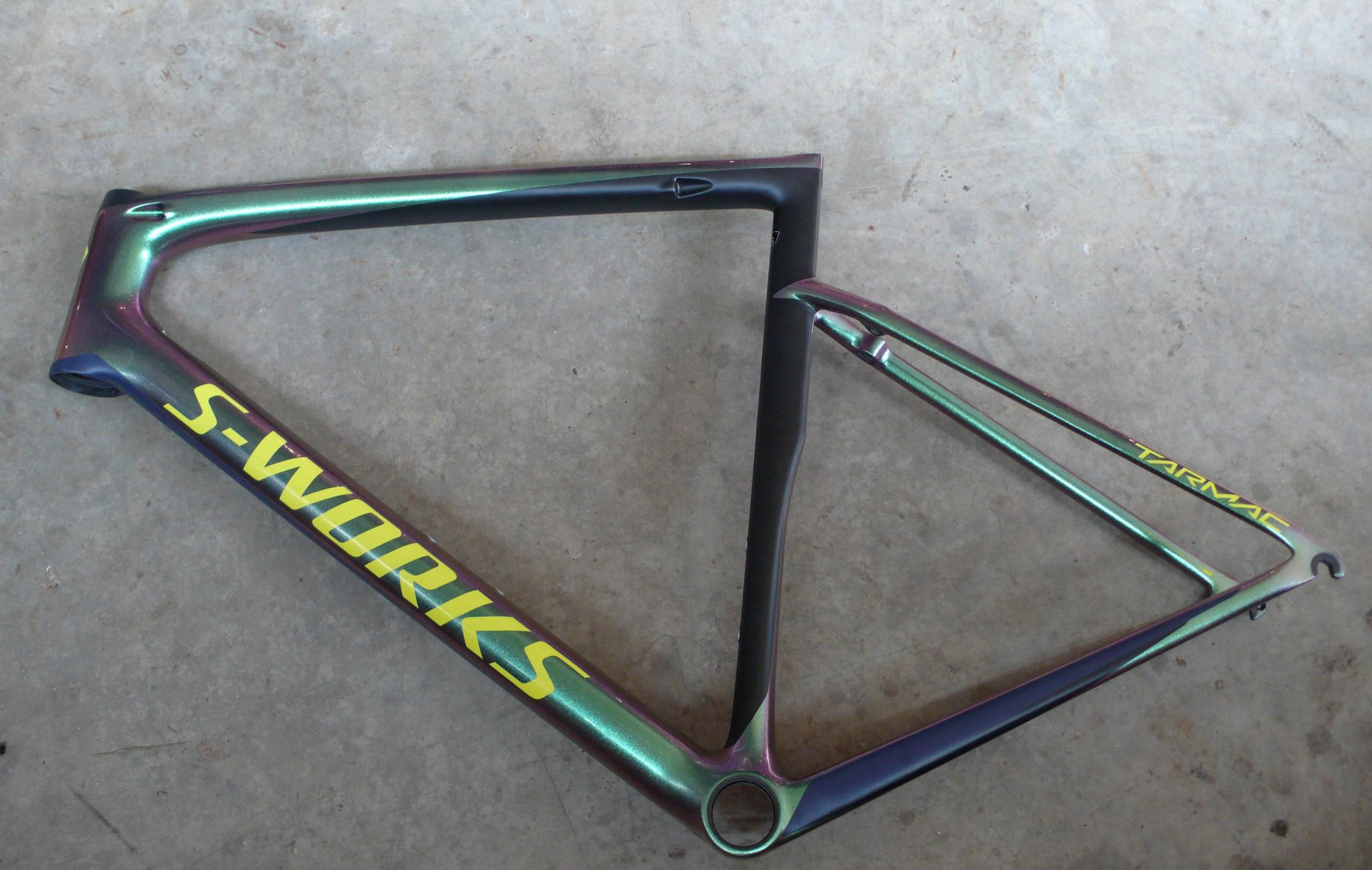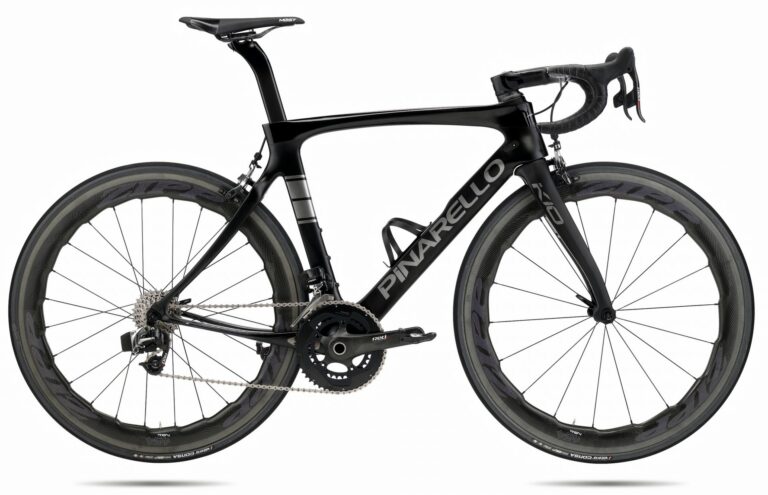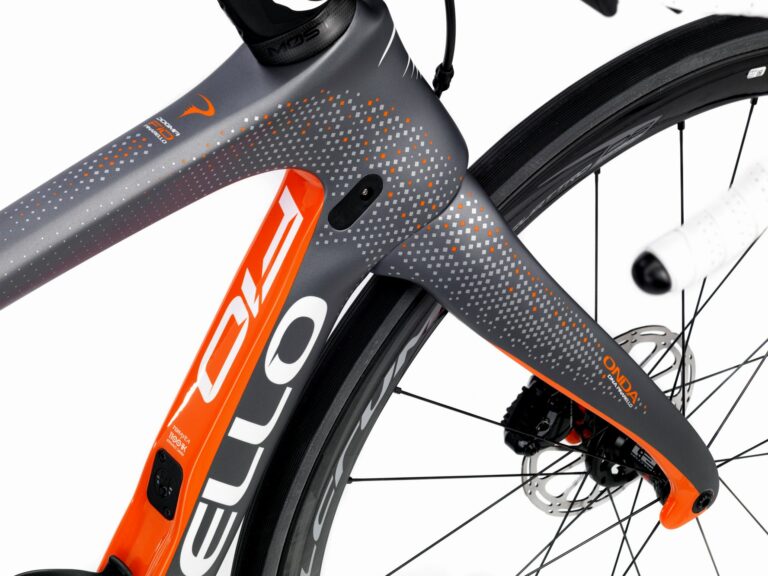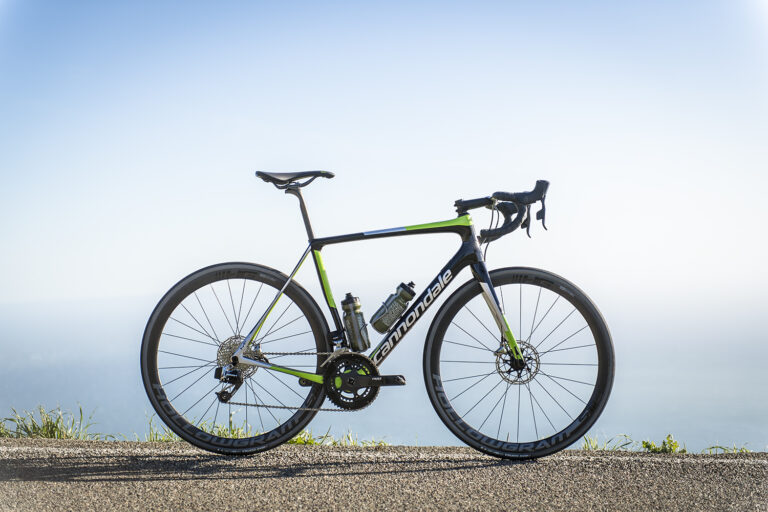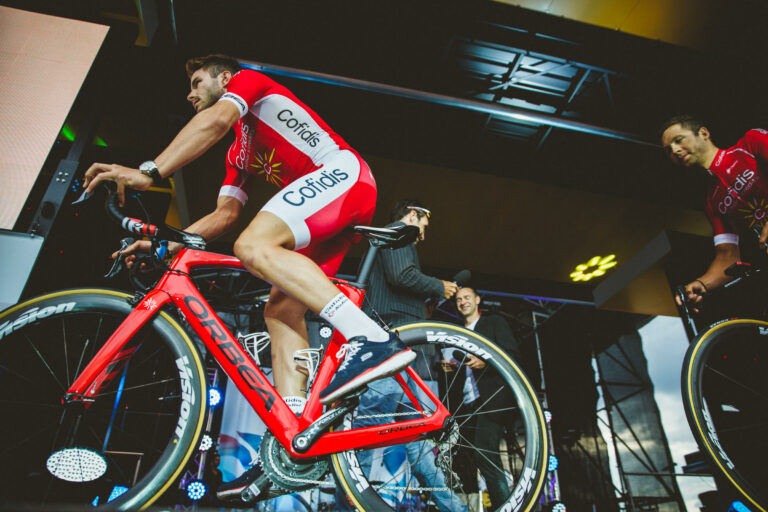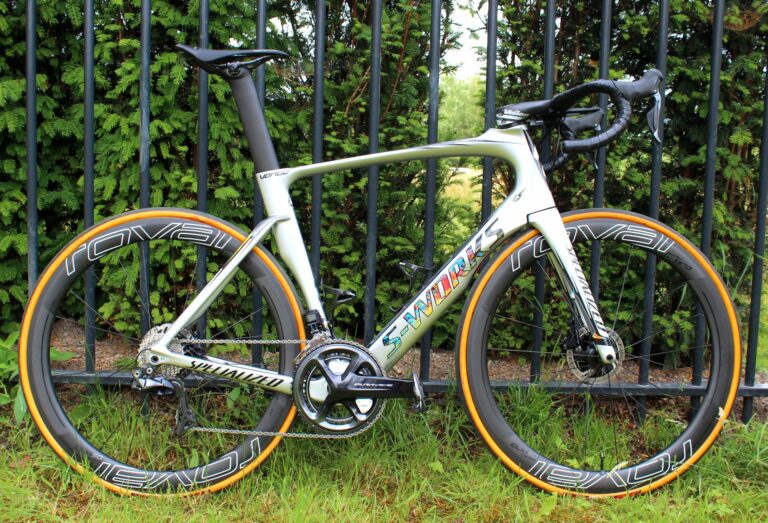Specialized’s Tarmac race bike has been overhauled for 2018. The SL6 version claims to be the lightest and most aero Tarmac ever produced, and both the chassis and geometry have received a thorough makeover.
The Specialized Tarmac is a thoroughbred race bike and has been making headlines for fifteen years. Since 2014 this bike has dominated the Grand Tours, delivered Peter Sagan into the rainbow stripes and amassed over 200 professional victories.
California-based Specialized believe each evolution of the Tarmac – there have been six since it launched in 2009 – has been the very best it could possibly be. So why the upgrade? And what does the new Tarmac SL6, which will be available in six builds (four men’s, two women’s) from £3,500 to £9,500, have to offer?
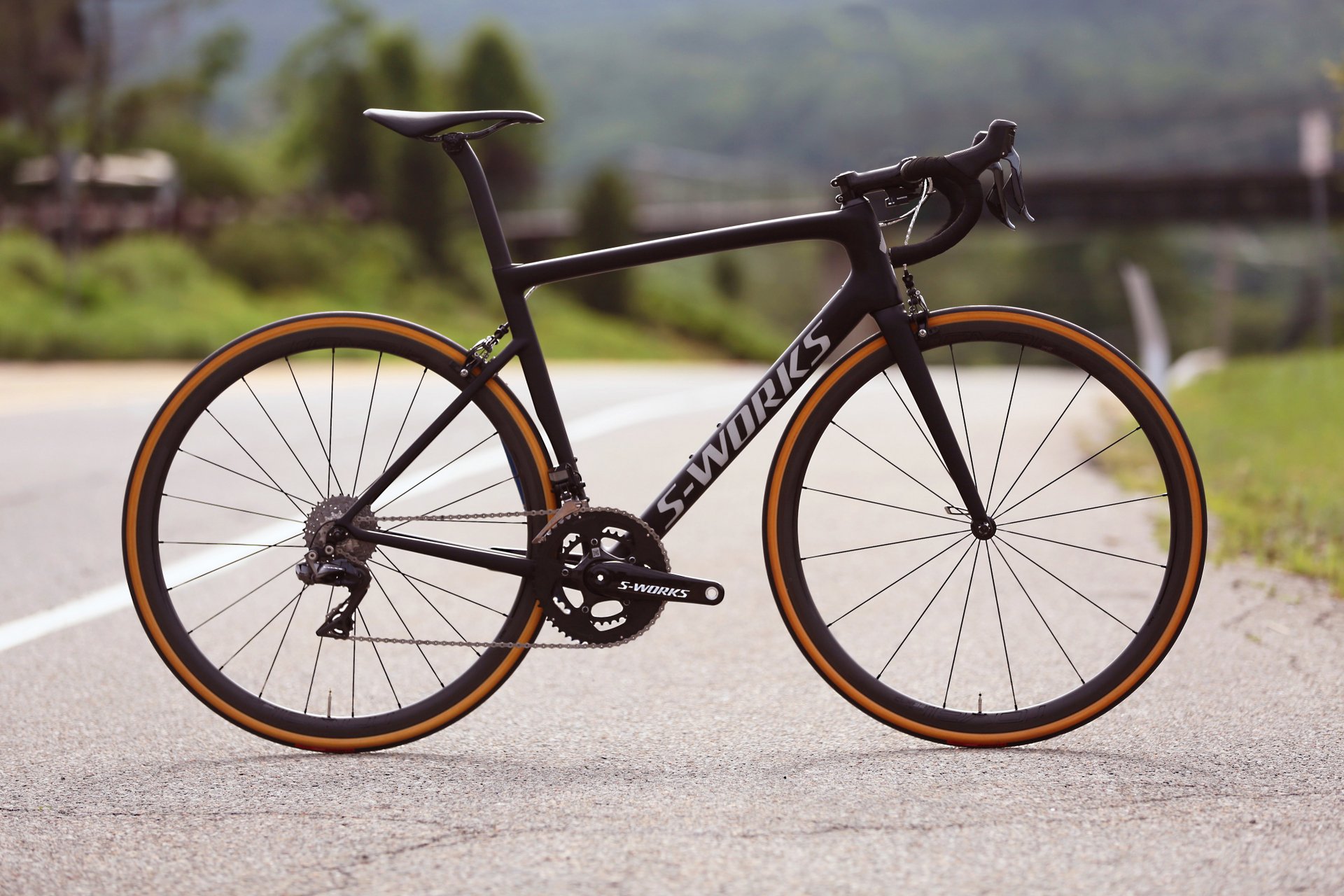
Demands from the top
The Tarmac SL6 has been designed in response to the changing demands of the professional peloton, according to Specialized (you may have seen the shots we brought you of the bike being tested at the Criterium du Dauphine). The dynamics of bike racing has evolved over the last five years and so have riders’ needs – stages are more varied and demand more of the riders.
“The goal was simple, to make the Tarmac better,” says Dr Chris Yu, director of integrated technologies at Specialized, whose research informed the development of the new bike. “Our [professional] riders wanted a lighter, more aero bike that had better handling than before.”
But the changes go beyond the carbon layup and aero innovations. The new Tarmac SL6 also features, “an all, new, performance geometry for people,” says Yu. Not only does this new Tarmac replace the old SL5 but it also replaces the Amira, Specialized’s much lauded women’s-specific race bike. Where before there were separate race bikes for men and women, now there is just one bike but with touchpoints suited to the rider. Yu says this is “a shift in focus from gender, to the way people ride”.


